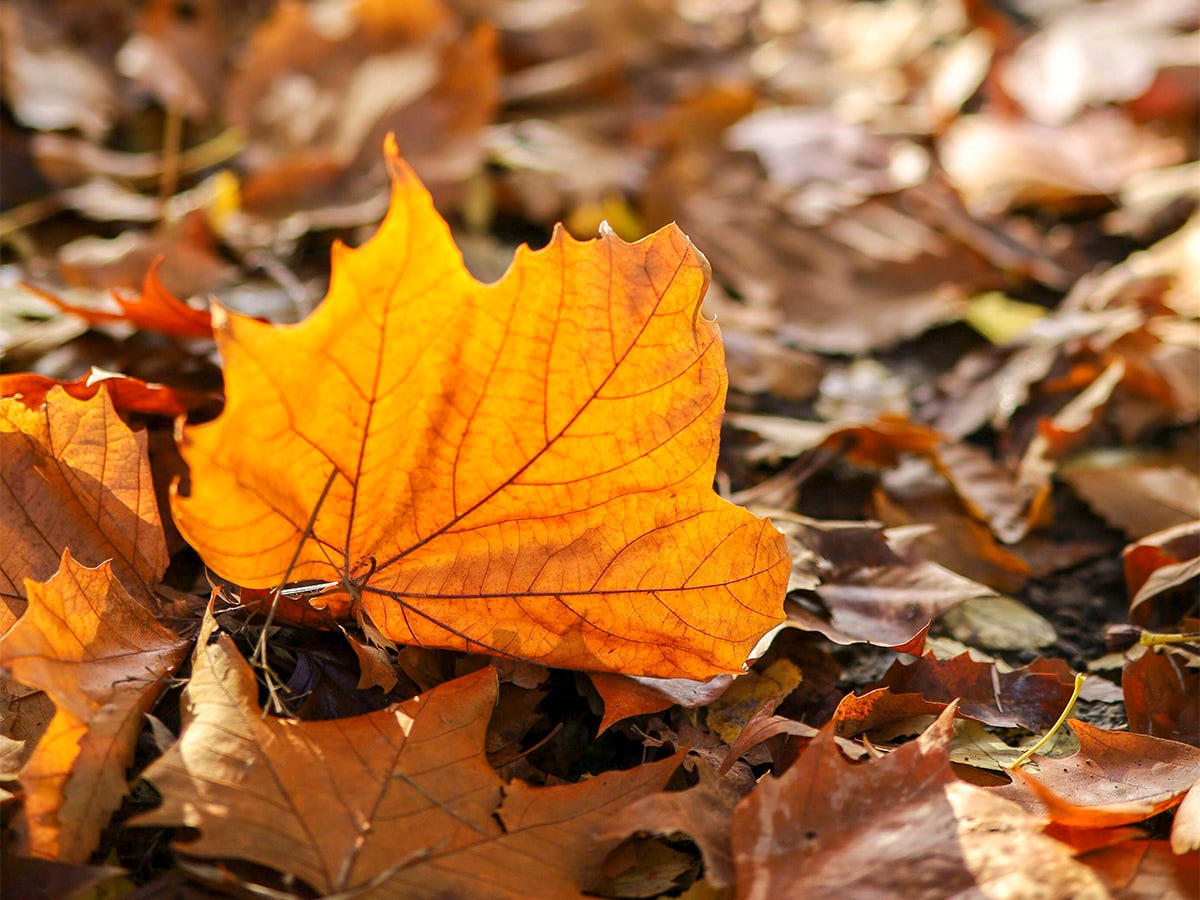The “extreme” red on the U.S. Drought Monitor has been steadily creeping toward our county here in Maine. I’ve never seen it so severe. We’ve had dry spells, but nothing like this.
Every few days, I walk over to our well to check its water level. It’s a “dug” well, only about 12 feet deep. Twelve feet doesn’t sound like much, but when I peer down into the hole, it feels deceptively deep. The well consists of three sections, or “tiles” as they’re called in the industry. Each tile is an open cylinder roughly three feet in diameter and four feet long.
Lately, the conversation in Maine has revolved around wells: “How many tiles do you have? Do you still have water?” Most people I speak with who are running dry have only two tiles. Our well has three, and we still have about four feet of water left, down from eight. Some folks I know have even more tiles than we do and aren’t facing any problems; their wells are still full. My concern is for those with only eight feet of well installed. I’m not sure that depth was ever enough.
Our Shallow Well
This is the top portion of our well. Luckily, it was installed about 30 feet from a nearby stream. Granted, the stream is currently dried up, but under normal conditions, it helps ensure that our precious water isn’t entirely drained from where we need it most – in the hole.
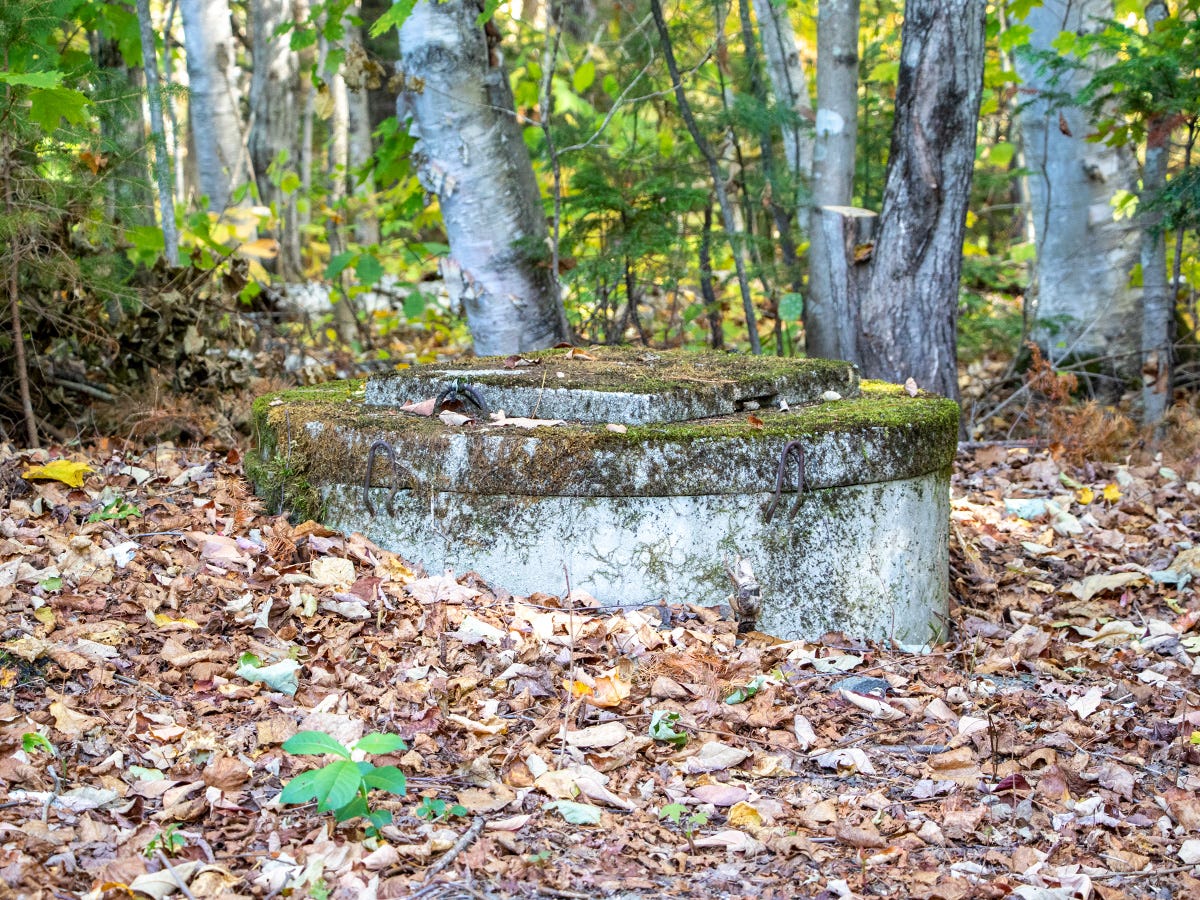
Laura and I have lived in Maine for just shy of 12 years. If memory serves, every August and September has been dry. This year, we were fortunate to experience one of the wettest springs and early summers on record, but once early July rolled around, the rain all but disappeared. I wasn’t concerned at first, assuming that the earlier rains had soaked into the ground and acted as a sort of natural reservoir. Apparently, however, the late-summer heat caused much of that moisture to evaporate. Now we’re left with dry soil, once-flowing streams that have become distant memories, and leaves falling prematurely. I’ll admit, though, that the dry weather does make for a striking fall – the view is beautiful, with bright, crunchy leaves underfoot.
Dry Autumns Look Better
The drier the autumn, the more vibrant the leaves. They’re brighter, more colorful, and far more striking than in wet seasons. I’ve lived through enough autumns to know that rainy years never produce great foliage. Sure, your well won’t run dry, but all that moisture dampens spirits, and the leaves themselves, turning them rusty and brown instead of brilliant reds, yellows, and oranges.
Since the full display of colors hasn’t arrived yet in our part of the state, I snapped a photo of some crunchy leaves scattered on the ground.
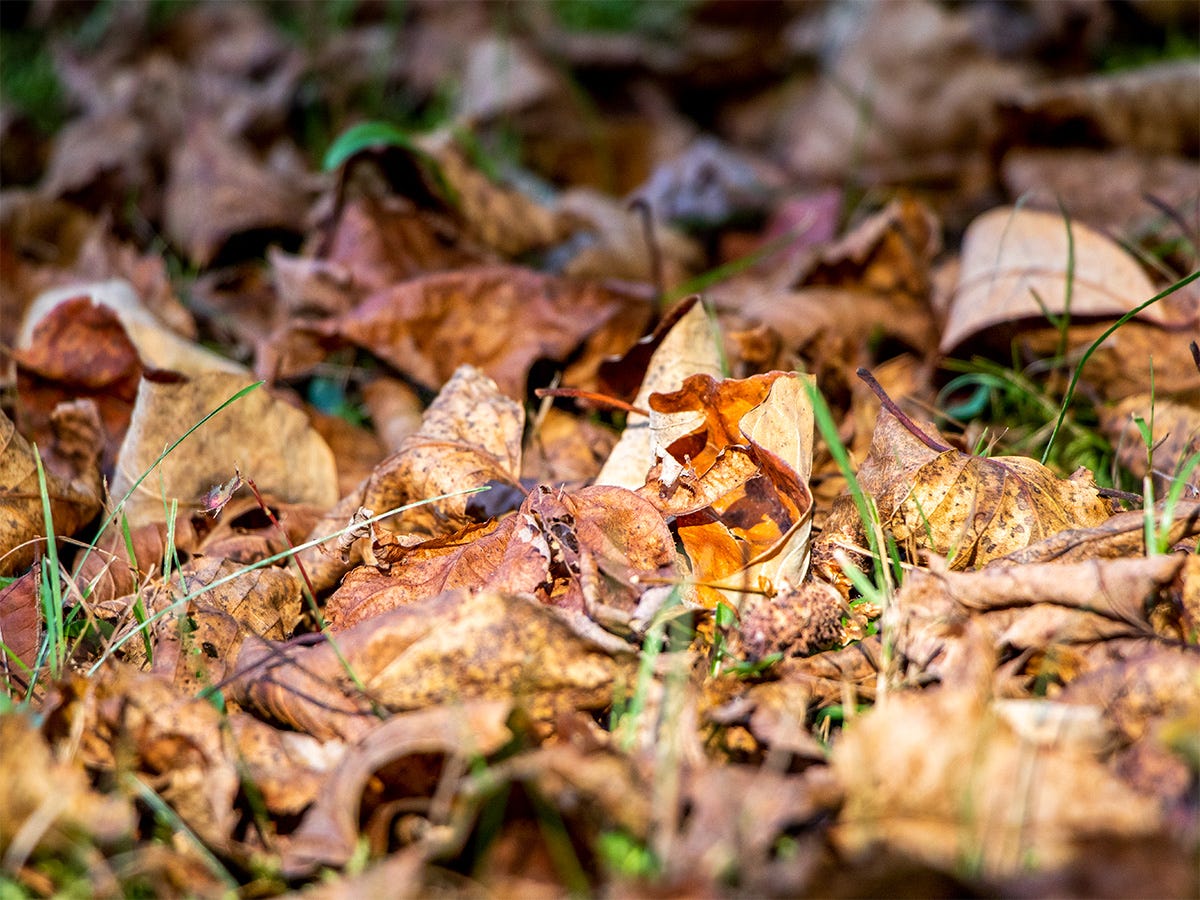
Then I snapped another photo, this one of a lovely purple aster. I haven’t seen these in quite some time. I suppose they’re emerging now simply because the conditions allow it. Since the purple aster tends to grow tall, I wonder if rain in other years usually knocks it over. This year, though, I’m seeing many of them along the wood-line, so something seems to be working in their favor.
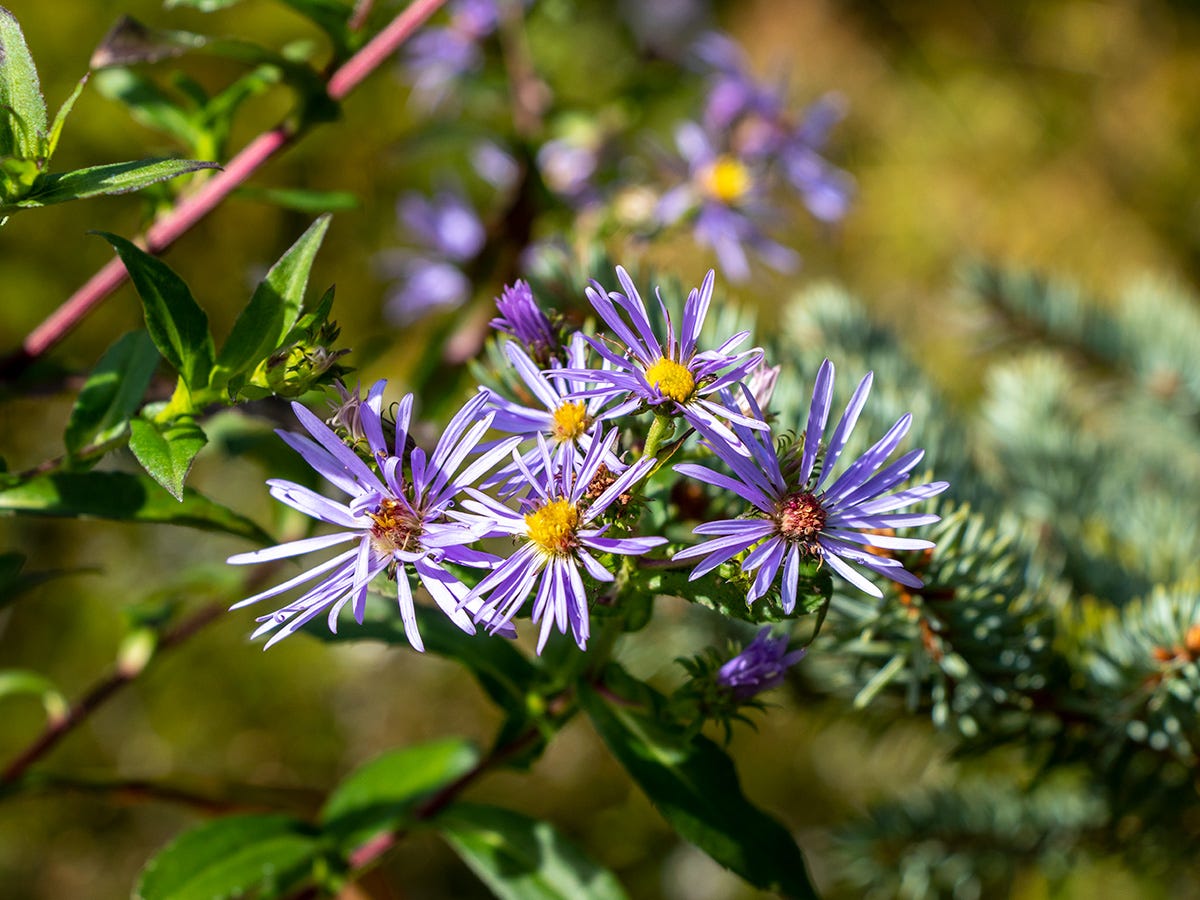
I Really Am Concerned About the Lack of Water
Our pond tells the story clearly. Our property is bordered by a stream, a brook, and a stone wall. The stone wall obviously remains steady, unchanging, but this time of year the brook is usually running. Today, it’s barely a trickle. The stream has about a 50/50 chance of flowing this late in the season and today, it isn’t. Even our pond is unusually low. I’ve never seen it this empty.
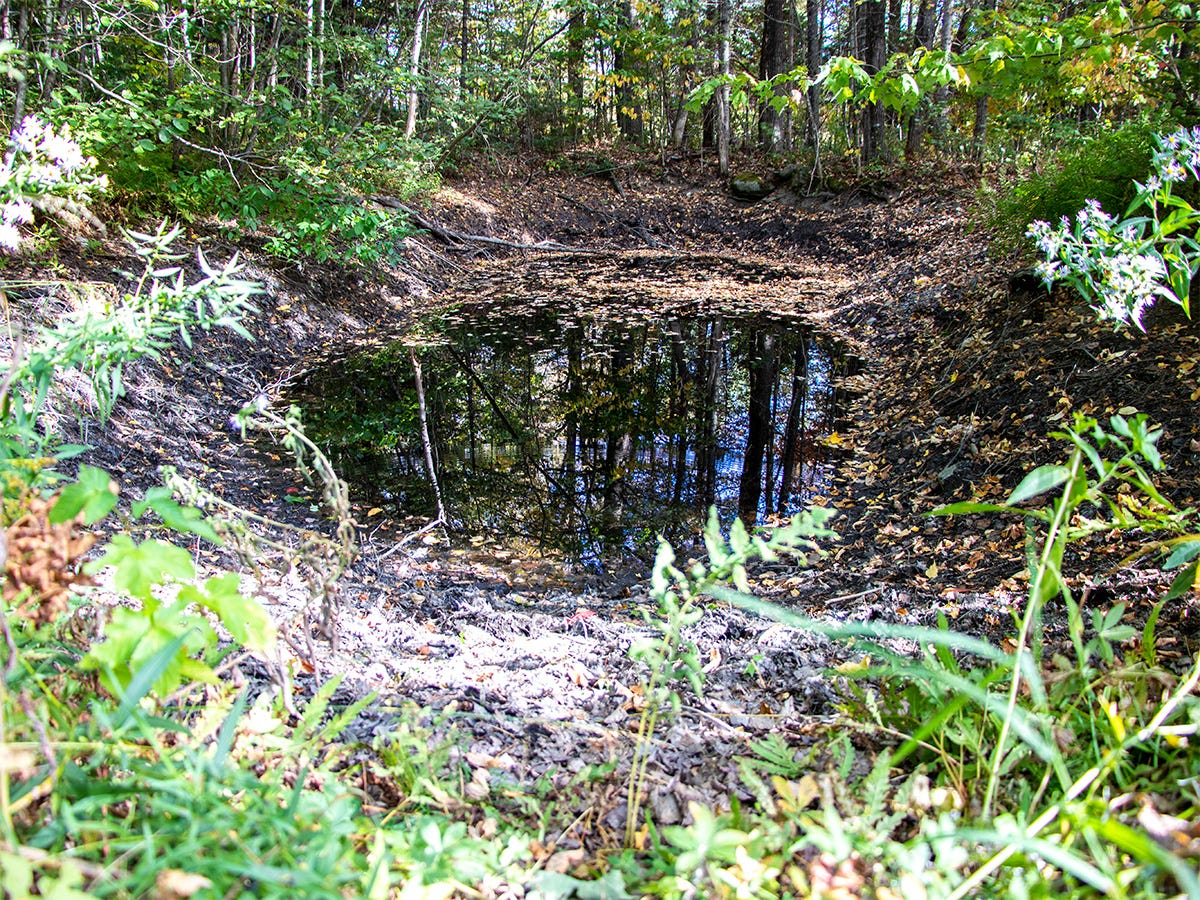
This is our nearly dried brook. In all the years we’ve lived here, it’s yet to completely dry up. A few more weeks of this weather, and I’m not confident it won’t.
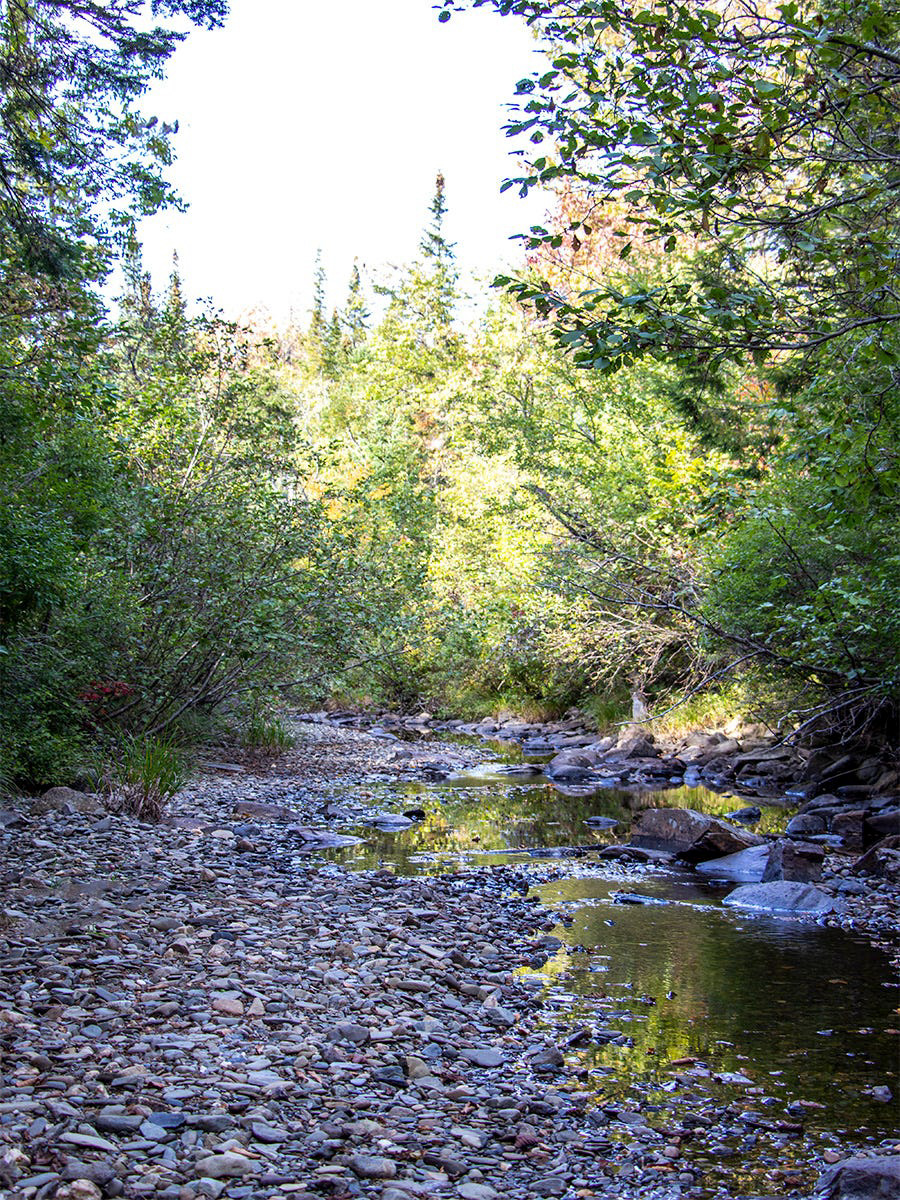
Finally, here’s a photo of the completely dried stream bed. As I mentioned, around this time of year it’s dry about half the time, so seeing it like this isn’t entirely surprising.
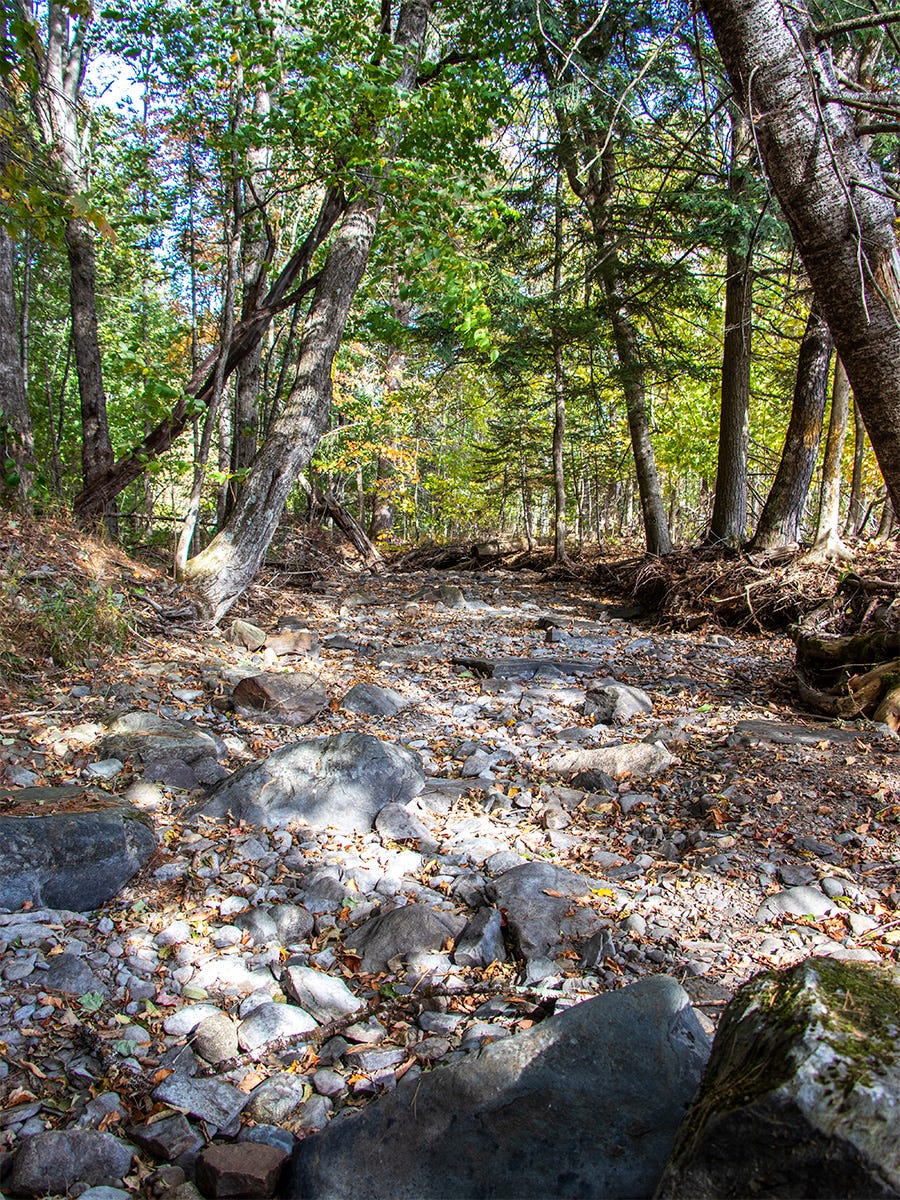
What To Do?
Not much, obviously. Laura and I have been conserving water. Our actions eerily reminiscent of how we behave during a power outage. We wash dishes using as little water as possible, take short showers, and avoid turning on the tap unless absolutely necessary. A few friends have tried filling their shallow wells with lake or river water, which works temporarily. Unfortunately, when the surrounding ground is dry, added water quickly seeps into the soil, making the effort mostly futile. All anyone can really do is wait for sustained rainfall, or perform a rain dance. I’ve heard people are trying that too. I’ll keep you updated on the results.
